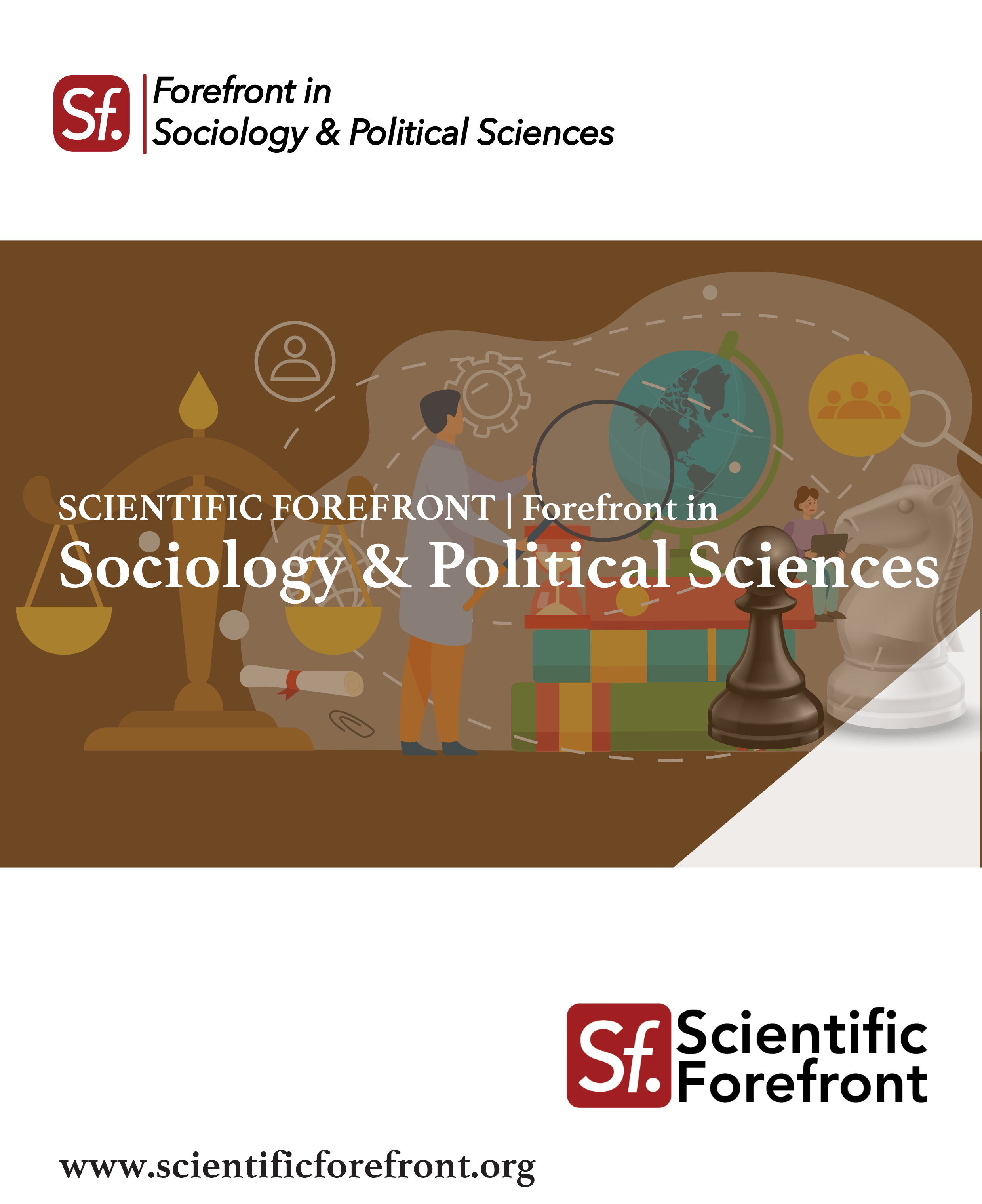Minority or Not?: The World of Peasants in the Context of Courtly and Entertaining Literature: The Emergence of a Marginalized Social Class in the Medieval Public Discourse
Peasants in the Middle Ages, Hartmann von Aue, Der Stricker, Boccaccio, Heinrich Kaufringer, Elisabeth von Nassau-Saarbrücken, Books of Hours, social utopia
Abstract
Even though courtly literature dominates our concepts of the Middle Ages, a more careful examination of the large variety of relevant documents confirms that peasants, above all, figured in many different texts, often ridiculed but often also identified as honourable and dignified individuals. At times, various poets focused on peasant women and idealised them as pure, virtuous, and beautiful, making them the ideal marriage partner of a knight or a prince. Major examples can be found in the works by Hartman von Aue, Der Stricker, Boccaccio, and Heinrich Kaufringer. Moreover, late mediaeval artists often projected idyllic rural settings in the illustrations of Books of Hours. As much as the courtly world seems to have ignored peasants, a closer analysis demonstrates that there were numerous circumstances where individual representatives of the rural class gained high respect.
Downloads
Published
How to Cite
Issue
Section
License
Copyright (c) 2024 Forefront in Sociology & Political Sciences

This work is licensed under a Creative Commons Attribution 4.0 International License.














